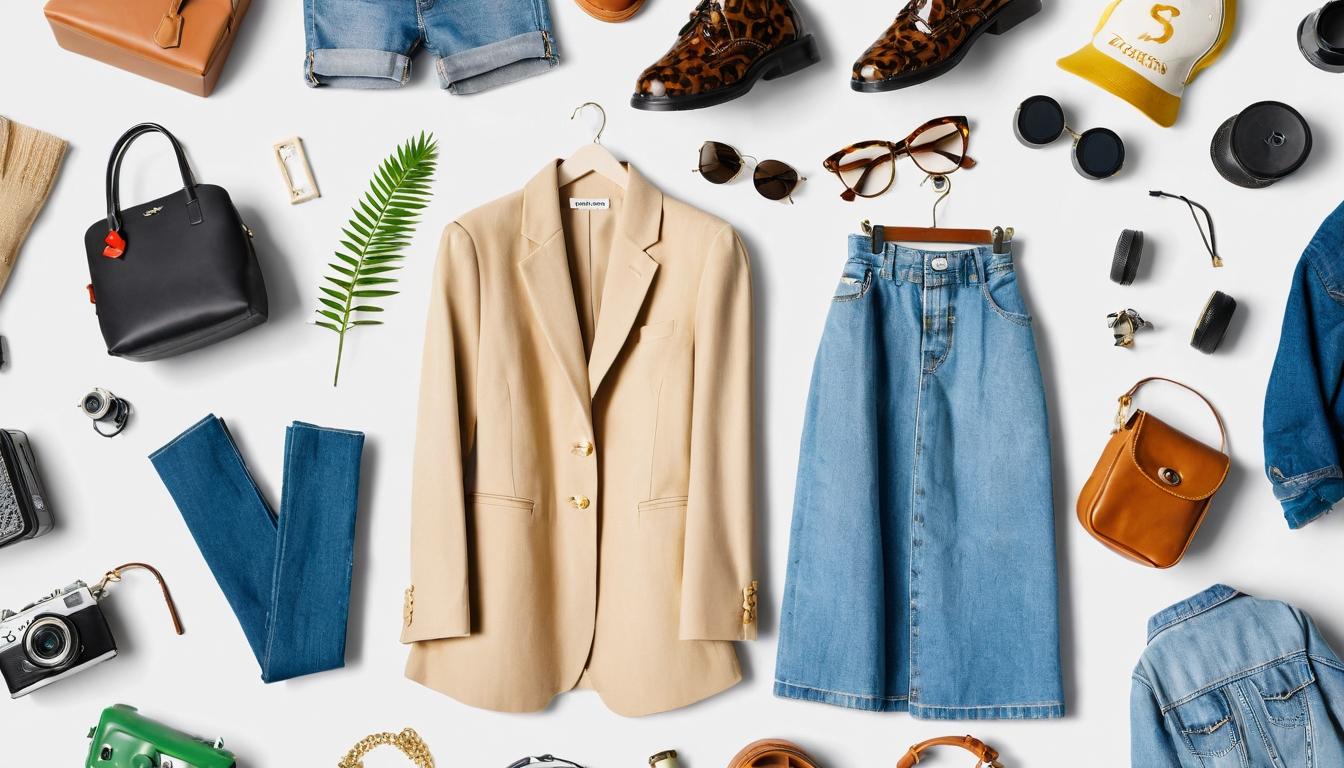The racks of thrift stores, once frequented only by budget-conscious shoppers and vintage enthusiasts, have become hunting grounds for fashion-forward individuals seeking unique pieces with a story. What began as a niche movement has exploded into a cultural phenomenon, reshaping how we think about consumption, style, and environmental responsibility.
Walk into any modern thrift store today and you'll find a diverse cross-section of society—teenagers hunting for Y2K nostalgia, fashion influencers curating one-of-a-kind outfits, and families looking for quality clothing without the premium price tag. The stigma that once clung to secondhand shopping has evaporated, replaced by a sense of discovery and ethical satisfaction.
This shift didn't happen overnight. The convergence of economic pressures, environmental awareness, and social media influence created the perfect storm for thrifting's mainstream moment. During economic downturns, consumers naturally seek more affordable alternatives, but this time, the movement stuck even as disposable income returned. The difference? A fundamental change in how we value clothing.
Social media platforms, particularly TikTok and Instagram, have become virtual thrift stores where users showcase their finds and share tips for successful hunting. #ThriftTok has amassed billions of views, with content creators demonstrating how to identify quality fabrics, spot designer pieces, and transform outdated items into contemporary fashion statements. This digital community has democratized style knowledge that was once guarded by fashion insiders.
The environmental impact of fast fashion has become impossible to ignore. With the fashion industry responsible for approximately 10% of global carbon emissions and massive water consumption, conscious consumers are seeking alternatives. Thrifting represents a tangible way to reduce one's fashion footprint—each purchased secondhand item prevents additional manufacturing and keeps clothing out of landfills.
High-profile endorsements have accelerated thrifting's acceptance. Celebrities from Julia Roberts to Harry Styles have been spotted wearing vintage and thrifted pieces on red carpets and in music videos. Luxury brands themselves have embraced the trend, with companies like Gucci launching vintage sections and Balenciaga incorporating upcycled materials into new collections.
Thrifting has also become a form of creative expression in an era of mass-produced fashion. In a world where fast fashion chains stock identical items across continents, finding unique pieces has become a valuable commodity. The thrill of the hunt—discovering a rare designer item or perfectly broken-in denim—provides an emotional connection to clothing that new purchases often lack.
Economic accessibility remains one of thrifting's most powerful appeals. As luxury fashion prices continue to climb beyond reach for many consumers, thrift stores offer access to quality materials and construction at a fraction of the cost. A $8 cashmere sweater or $15 leather boots represents not just savings, but smart shopping in an inflationary economy.
The rise of online thrifting platforms like ThredUp, The RealReal, and Depop has further expanded access. These digital marketplaces have professionalized secondhand shopping, offering authentication services, standardized condition ratings, and easy return policies. They've made thrifting convenient for those who don't have time to browse physical stores or live in areas with limited options.
Despite its growth, the thrifting revolution faces challenges. As demand increases, prices in some thrift stores have risen, potentially pricing out the low-income shoppers who traditionally relied on these establishments. Some critics worry that thrifting's trendiness could undermine its original purpose as a resource for those in need.
The future of thrifting appears bright, with market analysts predicting continued growth in the secondhand fashion sector. What began as counter-culture movement has become a permanent fixture in the fashion landscape, proving that style and sustainability can coexist beautifully. The quiet revolution in the thrift store aisles has spoken—and the fashion world is listening.
The quiet revolution of sustainable fashion: how thrifting became mainstream

